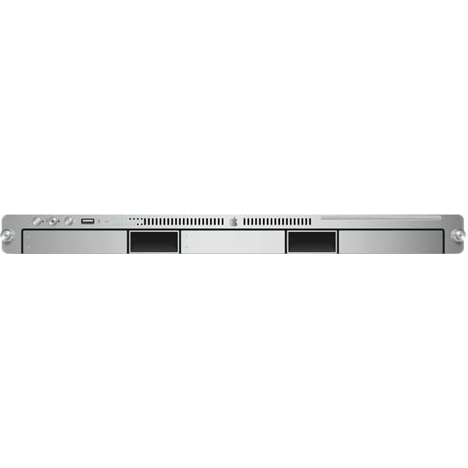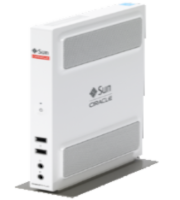I recently purchased a pair of Apple Xserve boxes for a project at work, with the goal of providing a functional Mac OS X desktop environment via our existing Sun Ray thin-clients. These two systems will be setup using Aqua Connect aka ACTS in a load-balanced, Windows Terminal Server like fashion.
In order to make this production worthy, it needs to integrate well with my existing LDAP and NFS environment. Snow Leopard Server comes with its own built-in Open Directory based on OpenLDAP, but my LDAP instances are based on OpenDS.


